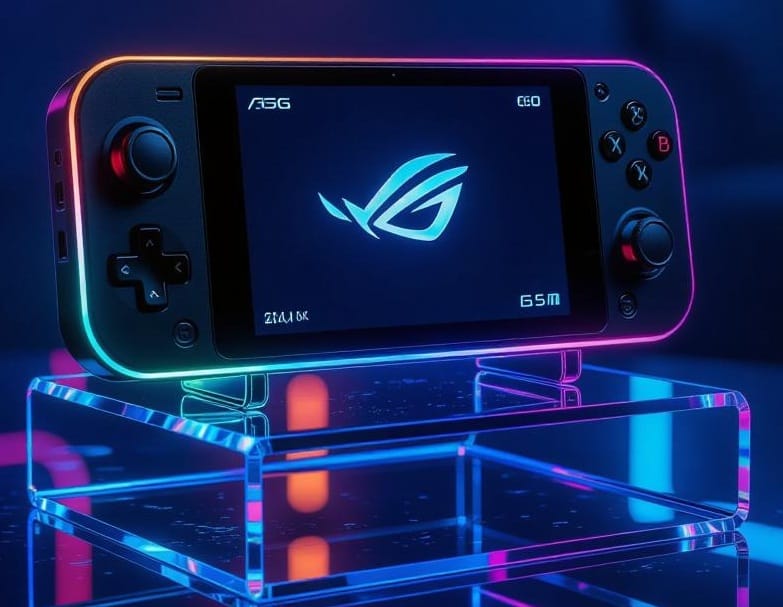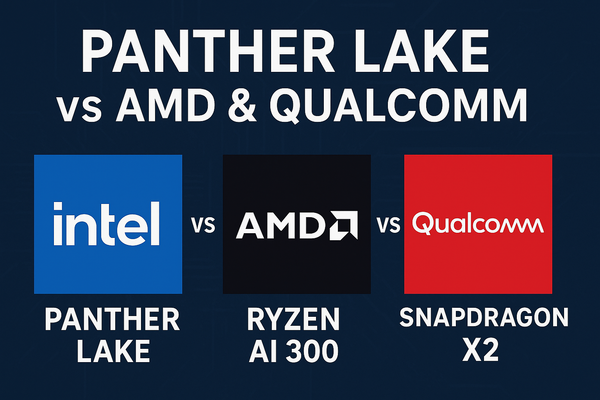Is the $1,000 ROG Xbox Ally X Worth It? A Head-to-Head with the Steam Deck OLED and Lenovo Legion Go 2

Hey gamers, if you've been scrolling through the handheld PC scene lately, you've probably seen the hype around Asus and Microsoft's latest brainchild: the ROG Xbox Ally X. Dropping at a eye-watering $999.99, this beast promises to blend Xbox ecosystem magic with top-tier portable performance. But in a market flooded with options like the ever-reliable Steam Deck OLED and the massive-screened Lenovo Legion Go 2, is it really the king of the hill? Let's break it down in this comparison—because dropping a grand on a gadget that fits in your pocket deserves some scrutiny.
I'll be pitting the ROG Xbox Ally X against its two fiercest rivals: Valve's Steam Deck OLED (starting at $549) and Lenovo's upcoming Legion Go 2 (expected around $1,049). These three represent the sweet spot of power, portability, and price in 2025's handheld wars. We'll look at specs, performance, battery life, and that elusive "it just works" factor.
At its core, the ROG Xbox Ally X is built for the future—think AI-enhanced games and seamless Xbox integration. But how does it stack up on paper? Here's a handy table pulling from the latest announcements and benchmarks:
| Feature | ROG Xbox Ally X | Steam Deck OLED | Lenovo Legion Go 2 |
|---|---|---|---|
| Price | $999.99 | $549 (512GB) | ~$1,049 (est.) |
| Processor | AMD Ryzen Z2 Extreme (Zen 5, 8-core/16-thread, NPU for AI) | AMD Aerith (Zen 2, 4-core/8-thread) | AMD Ryzen Z2 Extreme (Zen 5, 8-core/16-thread) |
| RAM | 24GB LPDDR5X | 16GB LPDDR5 | Up to 32GB LPDDR5X |
| Storage | 1TB SSD (expandable) | 512GB NVMe (expandable) | Up to 2TB SSD (expandable) |
| Display | 7-inch 1080p IPS, 120Hz VRR | 7.4-inch 800p OLED, 90Hz HDR | 8.8-inch 1600p OLED, 144Hz |
| Battery | 80Wh (up to 3-6 hours est.) | 50Wh (2-8 hours) | 74Wh (3-5 hours est.) |
| Weight | ~1.5 lbs | 1.41 lbs | ~1.9 lbs (with controllers) |
| OS/UI | Windows 11 w/ Xbox Handheld Experience | SteamOS | Windows 11 w/ Legion Space |
| Unique Perks | Xbox controls, AI-ready NPU, Game Pass optimized | Plug-and-play Steam library, trackpads | Detachable controllers, massive screen, RGB flair |
Sources: Ars Technica launch details
Right off the bat, the Ally X flexes with next-gen Zen 5 silicon and that NPU for upcoming AI tricks in titles like enhanced NPC behaviors or upscaling. It's a 30% performance leap over last year's ROG Ally X in demanding games like Indiana Jones and the Great Circle. The Steam Deck OLED, bless its heart, is showing its age with Zen 2 guts—it's great for indies and older AAA but chugs on 2025's ray-traced epics. Lenovo's Legion Go 2 matches the Ally X's CPU punch but ups the ante with more RAM and a screen that's basically a portable monitor.
Performance: Raw Power Meets Real-World Gaming
If benchmarks are your jam, the ROG Xbox Ally X pulls ahead in raw horsepower. Early tests show it crushing the Steam Deck OLED by 50-70% in frame rates for titles like Cyberpunk 2077 at medium settings—think 45-60 FPS at 1080p versus the Deck's 30 FPS at 720p. Against the Legion Go 2, it's a closer race; both hit similar highs thanks to shared Z2 Extreme chips, but the Ally X's Turbo Mode (up to 30W) edges it out in sustained loads.
That said, performance isn't everything. The Steam Deck's SteamOS is a masterclass in optimization—games "just work" with minimal tinkering, and those HDR OLED visuals make Hades II pop like no other. Windows on the Ally X and Legion Go? It's versatile (hello, Epic, GOG, and Game Pass in one UI), but expect occasional driver hiccups or update nag screens mid-session. The Legion Go 2 shines for multitasking, like popping up a browser while grinding levels, thanks to that cavernous display.
Battery Life and Portability: Marathon or Sprint?
Battery is where the Ally X flexes hardest with its massive 80Wh cell—Asus claims double the life of predecessors for lighter games like Hollow Knight: Silksong, netting 4-6 hours. The Legion Go 2's 74Wh is no slouch (3-5 hours est.), but its bigger screen sips more juice. The Steam Deck OLED? It's the efficiency champ for what it does—up to 8 hours on indies, but drops to 2 hours on AAA beasts.
Portability-wise, the Ally X's Xbox-inspired grips make it a dream for long sessions without cramps, weighing in at a comfy 1.5 lbs. The Deck is the lightest and most pocketable, while the Legion Go 2 feels like lugging a tablet—great for couch co-op with its detachable Joy-Con-style controllers, but not ideal for commutes.




